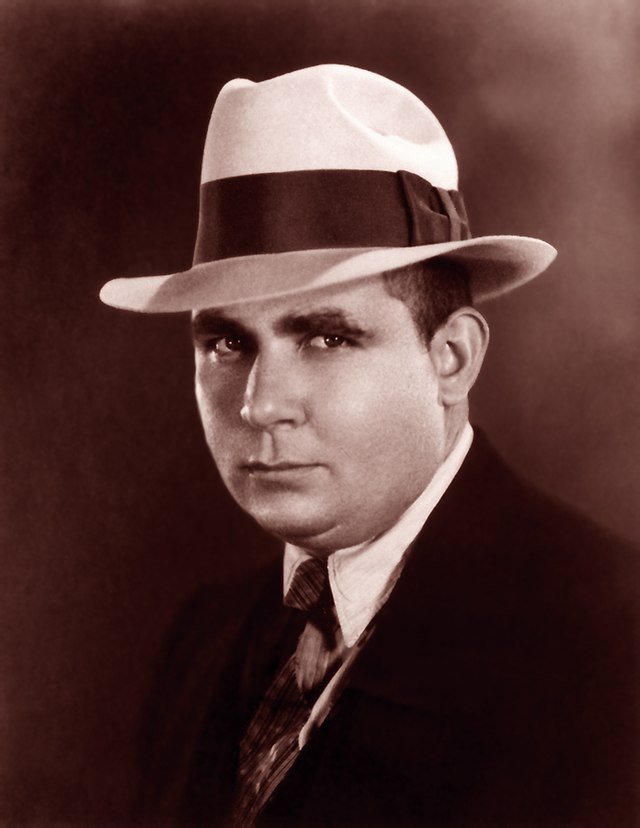Conan the Barbarian – John Milius, 1982
Conan the Barbarian USA, 1982 Director: John Milius Script: Oliver Stone and John Milius (based on stories by Robert E. Howard) Cast: Arnold Schwarzenegger (Conan), James Earl Jones (Thulsa Doom), Max von Sydow (King Osric), Sandahl Bergman (Valeria), Ben Davidson (Rexor), Cassandra Gava (The Witch), Gerry López (Subotai), Mako (The …


